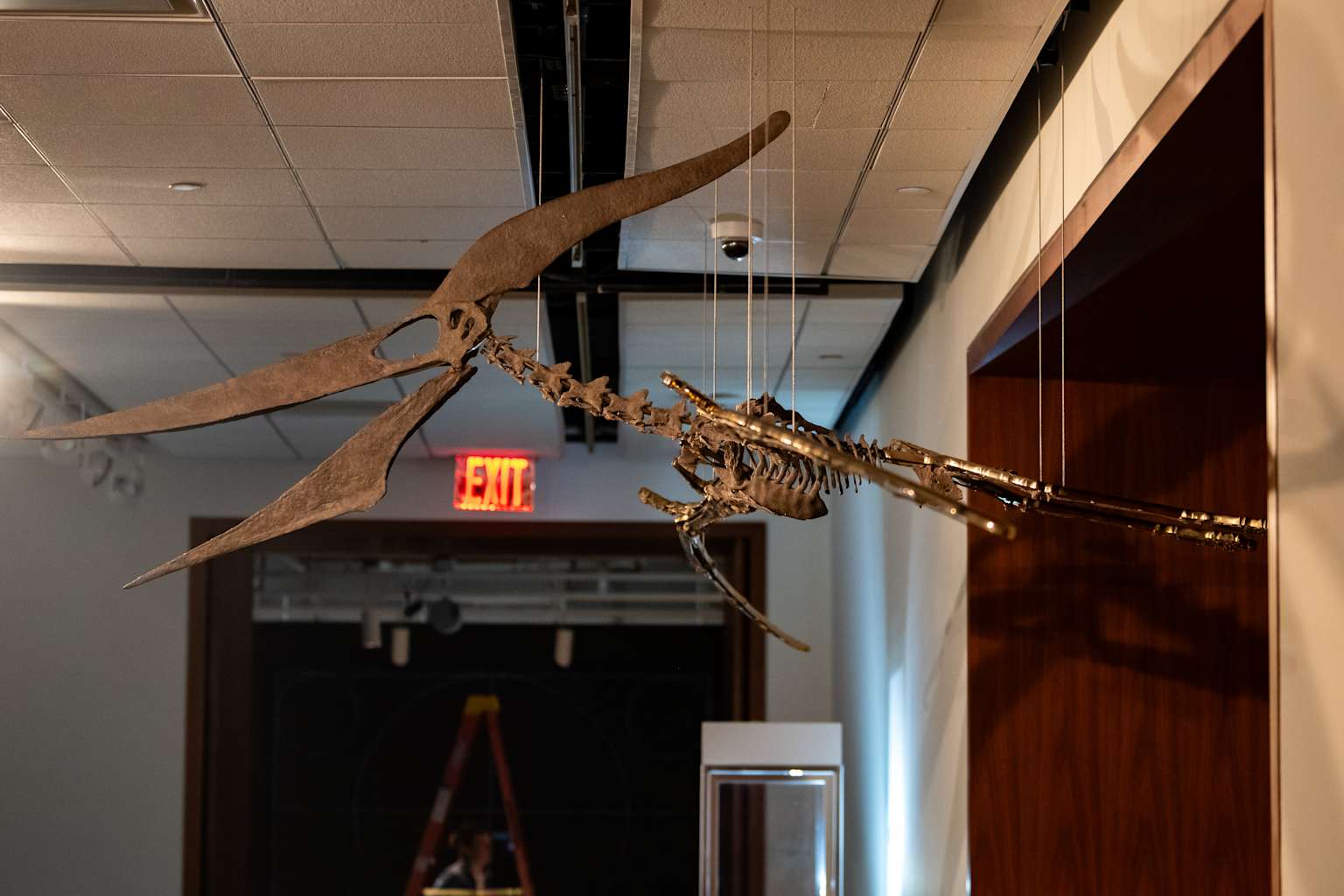- Ancient Ecosystem Preserved in Arizona Desert
- Rewriting Extinction Timeline
- Volunteer Discovery
Researchers have unearthed the oldest known pterosaur fossil in North America, a 209-million-year-old winged reptile small enough to perch on a human shoulder, according to a study published Monday in the Proceedings of the National Academy of Sciences.
The discovery at Arizona's Petrified Forest National Park fills a critical gap in the fossil record and reveals that modern vertebrate communities were assembling millions of years before a mass extinction event reshaped life on Earth.

The pterosaur, named Eotephradactylus mcintireae or "ash-winged dawn goddess," was among more than 1,200 fossils extracted from a single bonebed in the park's remote Owl Rock Member formation12. Radioisotope dating places the site at 209 million years old, making it among the youngest rocks in the park but also among the least studied due to its remote location3.
"This pterosaur would be the size of a small seagull, and could have sat on your shoulder," said Ben Kligman, the study's lead author and a paleontologist at the Smithsonian's National Museum of Natural History2.
The fossil assemblage also includes one of the world's oldest turtle fossils and represents 16 different vertebrate species that lived together in the late Triassic period13. The area was then positioned just above the equator in the middle of the supercontinent Pangaea, characterized by small river channels prone to seasonal flooding3.
The findings challenge previous understanding of when modern vertebrate communities first emerged. Scientists had believed these communities formed after the end-Triassic extinction event 201 million years ago, which eliminated about 75 percent of Earth's species1.
"Our study shows that vertebrate communities resembling those previously known only from the Jurassic-onwards were actually present at least 7 million years prior to the end Triassic Extinction," Kligman explained2.
The pterosaur shows unusual tooth wear, suggesting it fed on fish with mineralized scales—a specialized feeding behavior unique among early pterosaurs1.
The pterosaur jaw was discovered in 2013 by Suzanne McIntire, a volunteer who spent 18 years working in the National Museum of Natural History's FossiLab1. The species name honors her contribution to the discovery.
"Because of the painstaking and time consuming nature of preparing these fossils, the entire study would not have been possible without the thousands of hours of time FossilLab volunteers put into this study," Kligman noted1.
The discovery comes as paleontologists worldwide work to understand the transition periods before major extinction events, with this site helping close a 13-million-year gap in the fossil record1.



